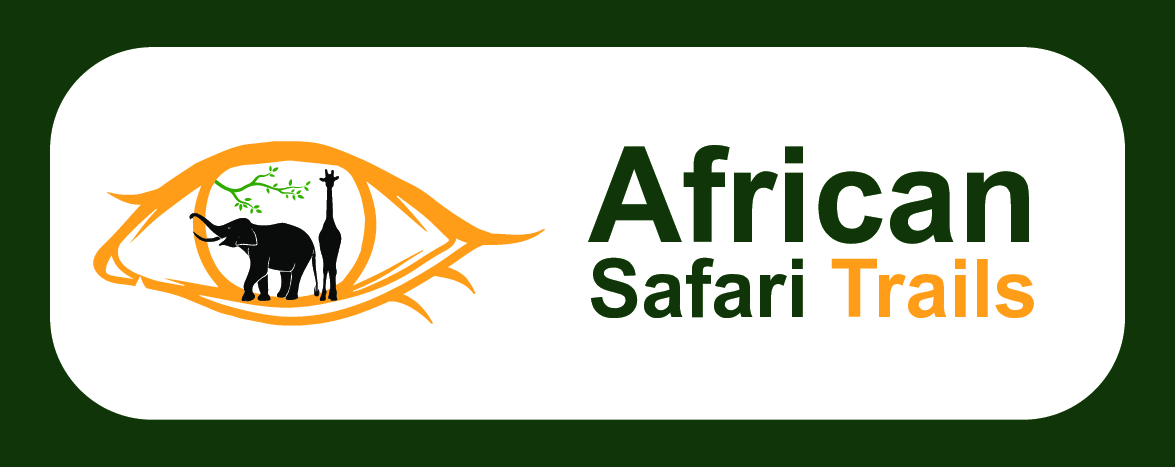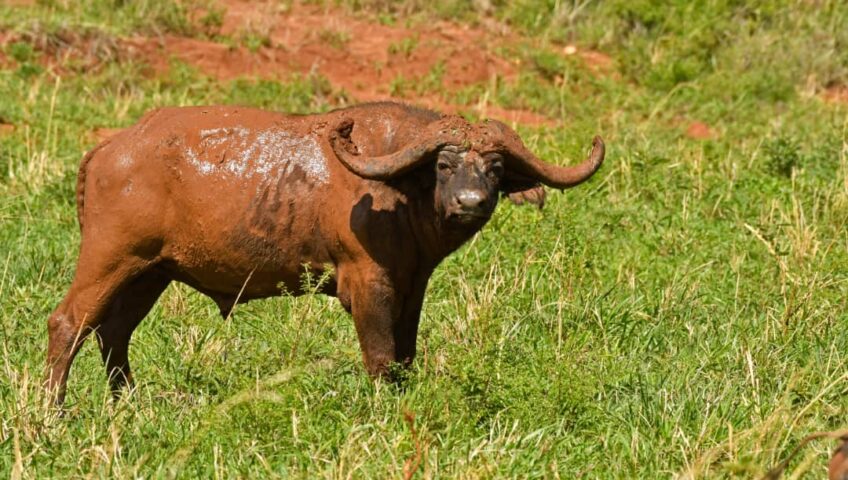Best Buffalo Viewing Areas In Africa
African buffalo (also known as Cape buffalo, Syncerus caffer) are one of the most widespread and numerous of Africa’s “Big Five” animals. They can be found in many national parks and reserves across East and Southern Africa, with some areas being particularly renowned for their large herds and excellent viewing opportunities.
In Uganda:
- Queen Elizabeth National Park: This park is home to a very large and easily sighted buffalo population. Herds are commonly seen grazing in the vast grasslands, particularly in the Mweya Peninsula and Kasenyi Plains. The Kazinga Channel, which connects Lake Edward and Lake George, is also an excellent spot, where buffalo often gather by the water’s edge.
- Murchison Falls National Park: Uganda’s largest national park boasts a robust buffalo population. Large herds are frequently spotted, especially in the Buligi area and along the northern bank of the Nile River, where they congregate to drink. Boat safaris on the Nile also offer fantastic close-up encounters.
- Kidepo Valley National Park: In Uganda’s remote northeast, Kidepo offers stunning vistas and significant buffalo herds, particularly concentrated in the Narus Valley, which has the park’s only permanent water points.
- Lake Mburo National Park: Though Uganda’s smallest savannah park, Lake Mburo has a good number of buffalo within its mix of savanna and wetlands. Their accessibility from Kampala makes it a popular choice for quick sightings.
In Tanzania:
- Serengeti National Park: As one of Africa’s most iconic ecosystems, the Serengeti is home to vast numbers of buffalo, estimated at around 53,000. They are a staple sighting throughout the park, often forming large herds, especially during the dry season when they gather around remaining water sources.
- Nyerere National Park (formerly Selous Game Reserve): This massive park in southern Tanzania is one of Africa’s strongholds for buffalo, with a population estimated to be over 120,000. It offers phenomenal opportunities to see huge herds, particularly during the dry months of July to November.
- Ruaha National Park: Located in Tanzania’s remote south, Ruaha is known for its large buffalo herds, which are often seen congregating around the Ruaha River during the dry season, leading to dramatic predator-prey interactions with its healthy lion population.
- Katavi National Park: For a truly off-the-beaten-path experience and arguably some of Africa’s largest buffalo concentrations, Katavi in western Tanzania is exceptional. During the dry season, thousands of buffalo converge around the shrinking waterholes, creating incredible spectacles and intense interactions with predators.
- Ngorongoro Conservation Area: The Ngorongoro Crater, with its enclosed and abundant ecosystem, provides excellent and consistent buffalo sightings alongside other Big Five members.
- Lake Manyara National Park: While smaller, Lake Manyara also offers reliable buffalo encounters, particularly within the groundwater forest and near the lake’s edges.
In Kenya:
- Maasai Mara National Reserve: The Mara and its surrounding conservancies boast large herds of buffalo, often numbering 200-300 individuals, year-round. They are a common sighting alongside the reserve’s famous predators.
- Amboseli National Park: World-renowned for its elephants, Amboseli also has a significant and easily seen buffalo population. They frequently congregate around the park’s extensive swamps and waterholes, often providing iconic photographic opportunities with Mount Kilimanjaro in the background.
- Tsavo East and West National Parks: Kenya’s largest national park, Tsavo, has diverse habitats that support large herds of buffalo. Early morning game drives near the Galana and Tsavo rivers can be particularly rewarding.
- Meru National Park: This park in central Kenya offers excellent buffalo viewing amidst its varied landscapes.
- Ol Pejeta Conservancy: Known for its rhino conservation, Ol Pejeta also provides iconic views of buffalo herds grazing on its open plains.
In most of these parks, the dry seasons (generally June to October and December to February/March) are considered the best time for buffalo viewing. During these periods, vegetation is sparser, and animals congregate around perennial water sources, making them easier to spot and increasing the chances of seeing large herds and predator interactions.

